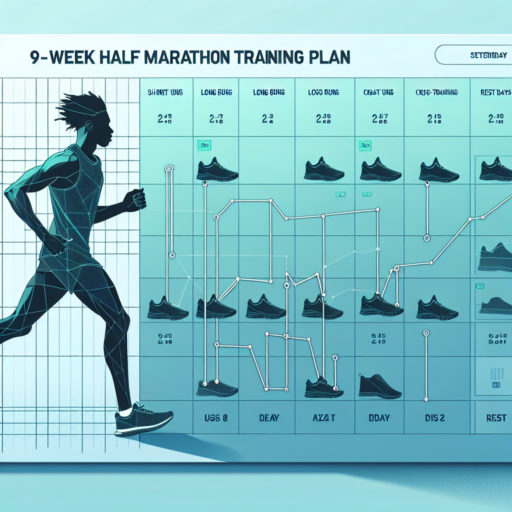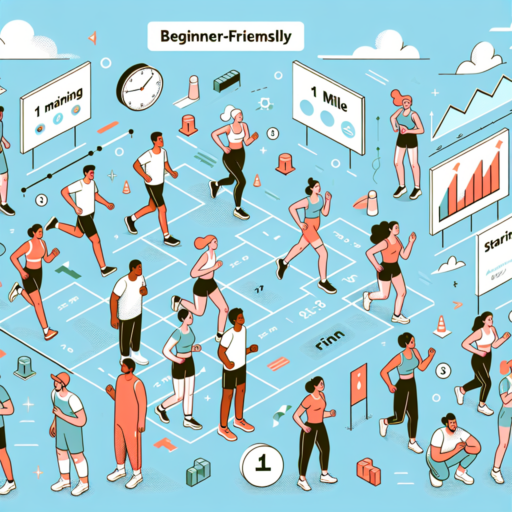How to create a workout plan for athletes?
Creating a workout plan for athletes requires strategic thinking, knowledge of physical conditioning, and an understanding of an athlete’s specific sports goals. A well-crafted plan ensures optimal performance while minimizing the risk of injury. The process involves several fundamental steps to tailor the perfect regimen for athletes at any level.
Understand the Athlete’s Sport and Position
Every sport has unique requirements in terms of skills, muscle usage, and endurance. Understanding the specific demands of an athlete’s sport and their position within the team is critical. For example, a soccer player would benefit from extensive cardiovascular conditioning, agility training, and leg strength exercises, whereas a shot put athlete would require a focus on explosive power and upper body strength. Tailoring the workout to fit these needs is paramount for enhancing performance and achieving success.
Develop a Balance Between Strength, Endurance, and Flexibility
A comprehensive workout plan for athletes should encompass a balance of strength training, endurance exercises, and flexibility workouts. Strength training is essential for building the muscular power needed for most sports, whereas endurance exercises like running or cycling improve cardiovascular health, allowing athletes to perform at their peak for longer periods. Flexibility exercises, including yoga or dynamic stretching, can help prevent injuries by maintaining the range of motion in the joints. This holistic approach ensures the athlete’s body is well-prepared for the demands of their sport.
By understanding the athlete’s unique requirements and developing a balanced, sport-specific workout routine, athletes can optimize their performance and maintain peak physical condition. Incorporating a variety of exercises that focus on different aspects of physical fitness, such as strength, endurance, and flexibility, allows for a well-rounded, effective workout plan that caters specifically to the needs of athletes.
How many days a week should an athlete workout?
The number of days an athlete should workout in a week can vary greatly depending on several factors, including the athlete’s level of experience, their specific sports requirements, and their personal fitness goals. It’s crucial to strike a balance that allows for both intense training to improve performance and adequate rest for recovery.
Understanding Your Body’s Needs
Your body’s response to training is a key indicator of how much rest you need. Athletes who engage in high-intensity workouts may need more recovery time, suggesting that they might not need to workout every day. Typically, a range of 3 to 6 days per week can be effective for most athletes, allowing for a minimum of one full rest day. It’s important to listen to your body and adjust your training schedule accordingly to prevent overtraining and injuries.
Customizing Your Workout Schedule
Customizing your workout plan is essential for addressing your unique athletic needs. For example, endurance athletes may have different training requirements compared to strength athletes. Endurance athletes might benefit from more frequent, yet moderate-intensity workouts, whereas strength athletes might need fewer days with higher intensity sessions. Importantly, incorporating variety into your weekly routine, such as strength, flexibility, and cardio, can help in achieving a well-rounded fitness level without the burnout.
No se han encontrado productos.
What is a 4 day workout split for athletes?
A 4-day workout split is a structured plan that divides an athlete’s training routine into four distinct sessions, each targeting different muscle groups or athletic skills. This approach allows for intense focus on specific areas, providing ample recovery time between workouts for those muscle groups. It’s highly effective for athletes seeking to improve strength, endurance, flexibility, and overall athletic performance, offering a balanced way to train while minimizing the risk of overtraining and injury.
The Structure of a 4-Day Workout Split
In a typical 4-day workout split, athletes might divide their sessions into upper body, lower body, and specific skill or conditioning days. For example, a split could look like this: Day 1 focused on upper body strength, Day 2 on lower body power, Day 3 designated as a rest or active recovery day, followed by Day 4 targeting core conditioning and agility. This structure ensures that each session can be optimized for intensity and focus, with rest days strategically placed to promote recovery.
Benefits for Athletes
The benefits of a 4-day workout split for athletes are manifold. Firstly, it facilitates a high degree of specialization and focus in training sessions, which is crucial for athletic development. Secondly, by splitting the workouts over four days, athletes can ensure optimal recovery times, reducing the risk of injury. Moreover, this kind of split allows athletes to incorporate a variety of training modalities – from strength and powerlifting to speed and agility drills – making it a versatile and comprehensive approach to improving athletic performance.
What is a 3 day athlete workout split?
The 3 day athlete workout split is a structured exercise regimen designed to target different muscle groups on separate days, allowing athletes to optimize their training intensity and recovery. This workout split efficiently divides training sessions over the course of three days within a week, each day focusing on specific areas of the body or types of exercises. This approach not only facilitates focused strength and conditioning but also promotes comprehensive physical development while minimizing the risk of overtraining and injury.
Design of the 3 Day Workout Split
Typically, the 3 day workout split is structured to ensure balanced, whole-body fitness. Day one might focus on lower body strength, integrating exercises like squats and deadlifts. The following session could prioritize upper body muscles, featuring bench presses and pull-ups. The final day might be dedicated to core conditioning and flexibility, with a mixture of abdominal workouts and stretch-based exercises. This design supports systematic muscle recovery before the next round of workouts, crucial for athletic progress and injury prevention.
Benefits of the 3 Day Split
Engaging in a 3 day workout split offers numerous benefits. It provides ample recovery time, essential for muscle repair and growth. This format also allows for high-intensity training sessions, since muscle groups are rested adequately between workouts. For athletes, this method supports improved performance, better time management, and increased exercise adherence, as the routine is both straightforward and adaptable to varying fitness levels and goals.




